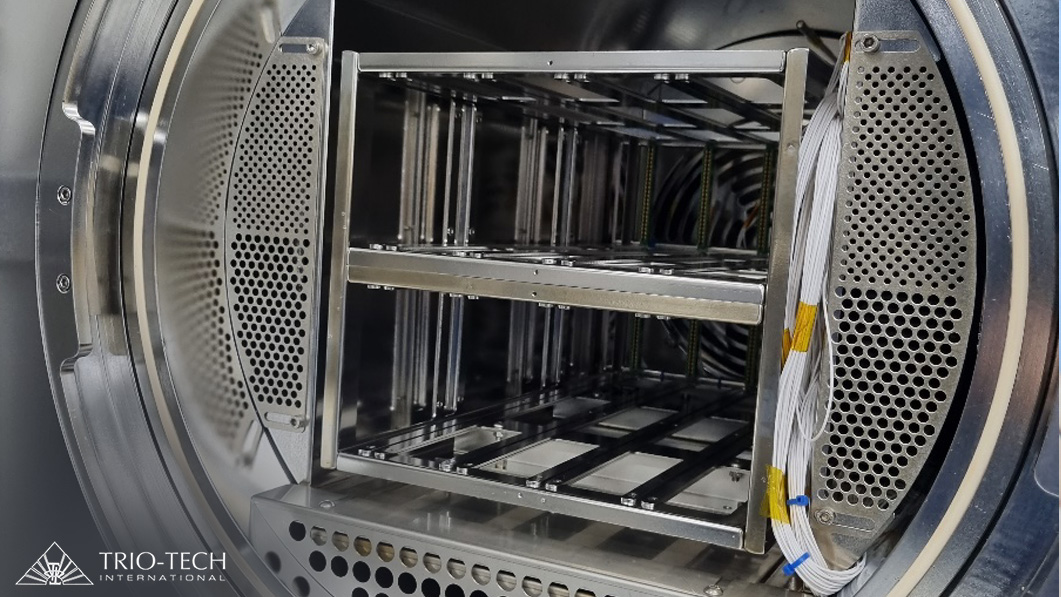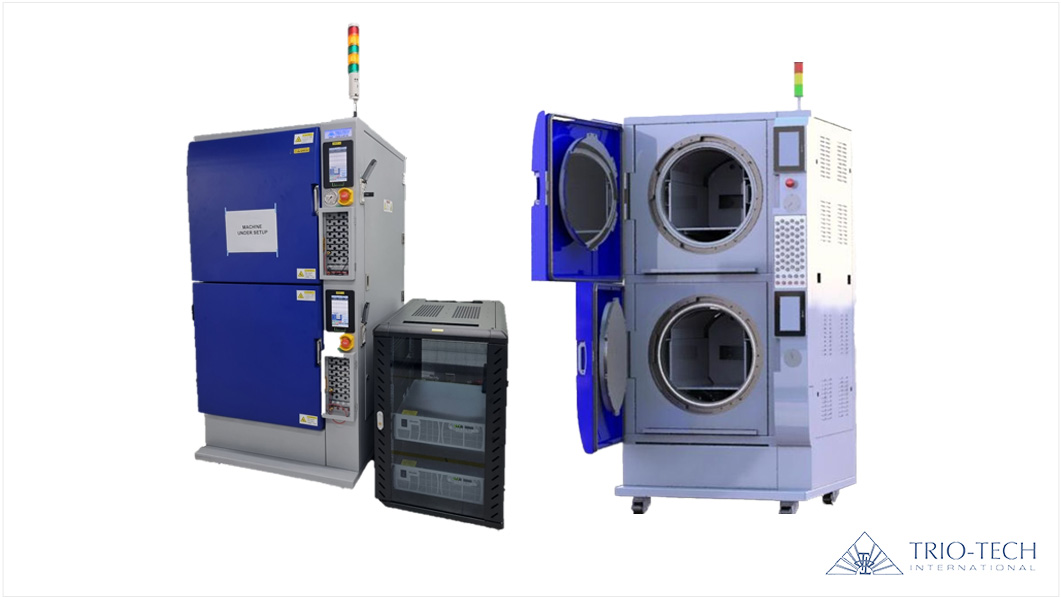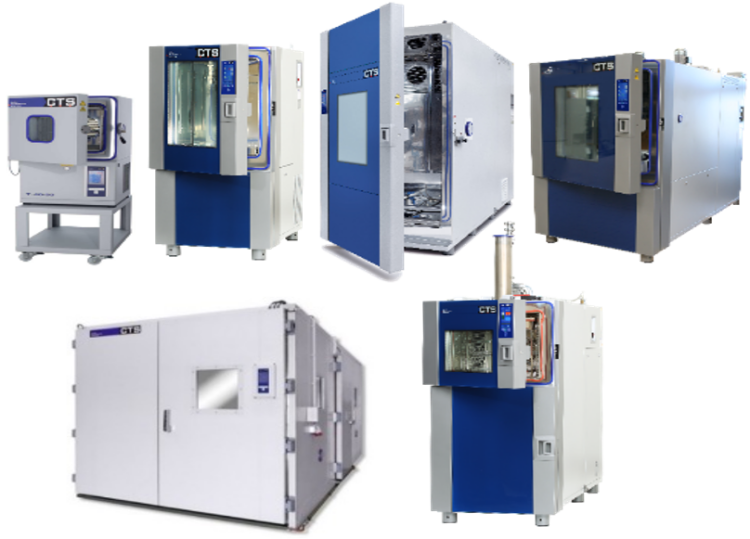Having the internet at one’s fingertips is invaluable. This has resulted in smartphones becoming an indispensable part of our everyday lives. All of this is impossible without a vital component – a semiconductor – which is essentially the brain of a device.
As the demand for electronics continues to grow, the need for quality semiconductors only increases. However, this also brings new challenges to the industry, as time is needed to test these components to ensure they function perfectly. And time is in short supply when demand overwhelms supply, as evidenced by the global semiconductor shortage.
Traditional reliability test services, such as Temperature Humidity-Bias testing (THB), require thousands of hours to complete. Conducting these tests will result in a significant delay. To circumvent this issue, a less time-consuming method was devised – the Highly Accelerated Temperature and Humidity Stress Test (HAST).
What is a Highly Accelerated Stress Test (HAST) System?

As we mentioned earlier, it is essential for manufacturers to stress-test the semiconductors they produce to ensure the equipment functions adequately during normal operations. One of these testing mechanisms is the Highly Accelerated Temperature and Humidity Stress Test (HAST).
HAST testing is designed to evaluate the reliability of non-hermetic packaged solid-state devices in humid environments. The test exposes the semiconductor parts to severe conditions of temperature, humidity, and bias, accelerating the penetration of moisture through the external protective material (encapsulant or seal) or along the interface between the external protective material and the metallic conductors which pass through it. This stress test usually activates similar failure mechanisms as the “85/85” Steady-State Humidity Life Test.
Comparing THB and HAST testing
How does HAST avoid the significant testing time required in conventional reliability test services like the THB test? We first need to examine the latter testing method to understand why the former is a faster process. In THB testing, the conditions are typically maintained at 85 degrees Celsius and 85% RH (relative humidity) with a bias voltage applied to the sample.
Conversely, a HAST system uses pressure with higher temperature and humidity to reduce testing time. This enables shorter test time and faster characterisation, evaluation, and qualification. As a result, instead of the previous 1000 hours required to conduct a THB testing, the test time for a HAST testing is reduced to around 96 hours. Testing can now be completed within days rather than weeks, allowing manufacturers to meet tight deadlines.
There is also a saturated version of this test which utilises a temperature of 121 degrees Celsius and relative humidity of 100%. However, if the components are tested with the power switched on, the test will be conducted with 85% RH instead. These enhanced environmental parameters offer an accelerated method of component reliability testing, allowing manufacturers to identify any faults that may occur during long-term use quickly. This way, they have the time to resolve these issues before the product is shipped to customers.
How a HAST test is carried out

A HAST test needs to be carried out in specific test chambers – referred to as HAST systems. These chambers are specifically designed to manage the temperature and humidity during the test, which is critical to delivering the faster results expected from this testing method. To maintain the specific environment required for HAST testing, the chamber must be sealed tightly to prevent leaks.
Depending on the testing scenario, the test can be conducted with or without a voltage bias on the samples. If a biased test is required, a DC voltage will be applied to the components. The test chamber is connected to a power supply, which will deliver a bias current that contains either continuous or cyclic DC voltage. The current passes through the wires located inside the chamber and is applied to the semiconductor samples placed inside the HAST system.
Given the flexibility of HAST testing and the various test results it can provide in a shorter amount of time, there is no denying that this method is crucial for our modern industrial production cycle. With a shorter lead time required, manufacturers can better adapt to ever-changing production demands, thereby improving semiconductor performances and ensuring user satisfaction. In fact, HAST has become a common ageing test and is gaining traction in other industries, like the Solar and LED industries.
Trio-Tech International is one of the leading providers of semiconductor and burn-in services in Singapore. We provide an extensive list of reliability test services tailored to your business needs. Do not hesitate to contact us today to learn how we can assist you with your semiconductor testing.



